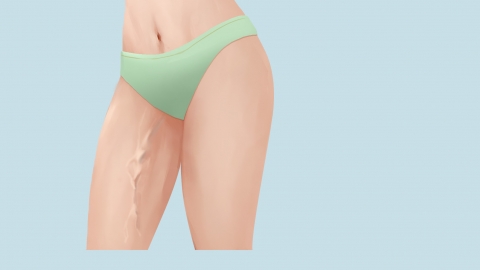How to Prevent Varicose Veins
Generally, the prevention of varicose veins mainly includes avoiding prolonged standing or sitting, maintaining appropriate exercise, controlling body weight, choosing suitable clothing, developing good living habits, and other aspects. Scientific protective measures can reduce the risk of developing varicose veins. Detailed analysis is as follows:

1. Avoid prolonged standing or sitting: Maintaining the same posture for a long time can hinder the venous blood return in the lower limbs, increasing venous pressure and easily causing varicose veins. During work or study, get up and move around every half to one hour, promote blood circulation by walking, stretching legs, etc., to prevent blood stagnation in the lower limbs.
2. Maintain appropriate exercise: Regular physical activity strengthens leg muscles, helps venous blood return, and reduces the likelihood of developing varicose veins. Choose low-intensity exercises such as brisk walking, swimming, or cycling, each session lasting about 30 minutes. Avoid overexertion, and massage leg muscles appropriately after exercise to relieve fatigue.
3. Control body weight: Obesity increases the burden on the leg veins, leading to elevated venous pressure and triggering varicose veins. Pay attention to a balanced diet daily, reduce intake of high-fat and high-sugar foods, eat more vegetables, fruits, and whole grains, and maintain a healthy weight range through proper diet and exercise to reduce pressure on the lower limbs.
4. Choose suitable clothing: Wearing overly tight clothes can impede venous blood return in the lower limbs, increasing the risk of varicose veins. Choose loose and comfortable clothing; socks should be cotton and moderately elastic. Avoid wearing high or tight shoes to reduce pressure on the leg blood vessels.
5. Develop good living habits: Long-term constipation and straining during bowel movements increase abdominal pressure, affecting venous return in the lower limbs and inducing varicose veins; smoking damages blood vessel walls and reduces vascular elasticity. Normally, eat more fiber-rich foods to prevent constipation; quit smoking and limit alcohol consumption, maintain a regular schedule, avoid staying up late, and protect vascular health.
Preventing varicose veins requires long-term adherence, integrating protective measures into daily life. By improving lifestyle and habits, enhance venous function in the legs, reduce the likelihood of developing the condition, and maintain healthy legs.









